We will be taking the long route to Ocracoke in a few days. It is the long route, but may in fact be the only route. We've got a three hour drive to Swan Quarter, then a two and one-half hour ferry ride that will carry us right into Silver Lake on Ocracoke. I photographed one of the ferries coming out of Swan Quarter Bay on a Pamlico Sound walkabout a couple of years ago.
Typically we make the trip to Ocracoke by driving down to the Outer Banks, taking the old very old and needing to be replaced Bonner Bridge over to Hatteras Island, then follow road down Hatteras for fifty some miles to Hatteras Village where we catch the ferry to Ocracoke. You can see that short, maybe 40-minute, Hatteras to Ocracoke run to the right in the map below.
The problem is that on Hatteras parts of NC 12, the highway down the island, does not exist. Below is my last view of the highway, just after Hurricane Sandy passed by. The dune line, which had been built up at the left and then reinforced before the storm, was completely washed away. The storm surge then undercut the roadway, leaving it a broken ribbon of asphalt. This is not the first time it has happened.
With our trip coming up soon I have been following the NCDOT ferry division's twitter feed. (I've never followed a twitter feed before and think it will be a long time before I do it again, but in this case their "tweets" - never thought I would use that word - have been very helpful.) I was a little surprised by their admission the other day that their "right of way is now in the ocean." I have to wonder what that should tell us about the future of the road.
You can see the ocean overwash a few days ago in the photo below from the NCDOT. The water running over the sand in the foreground is on the temporary sand road built west of NC 12 to allow four wheel drive vehicles to drive down the island. The actual road, the right of way mentioned in the tweet, can barely be seen running off to the left in the surf of the Atlantic Ocean. It strikes me that in a very real sense rebuilding the road bed and the "protective" dune line to the east of the road is an attempt to fill in the ocean.
Orrin Pilkey, emeritus professor at Duke University, has an op-ed piece in the New York Times that addresses the issues of barrier islands and the rising seas. It is a sobering piece for anyone who loves the coast. Pilkey's piece is about the Hurricane Sandy disaster in the New York and New Jersey areas, but much of what he talks about seems to apply to all barrier islands, including the Outer Banks.
This is a difficult situation for everybody involved, from the road workers and engineers who are trying to rebuild the road, to the people who live out on the Outer Banks and depend on that road for both transportation and business. I hope they can find a solution that works.
I am glad we have an alternate way to make the trip. Everyone in the family loves the Outer Banks, I can't begin to count all the trips we have made down to Hatteras and Ocracoke over the years. But it seems that the ocean is asserting herself now, and we may all have to adapt to the ocean's will.
steve












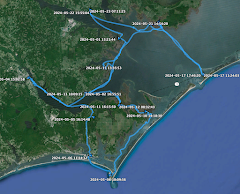
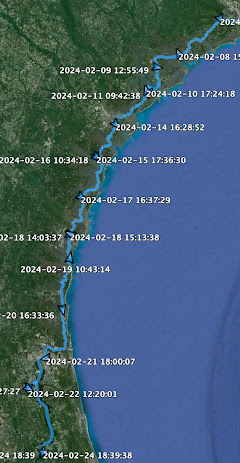

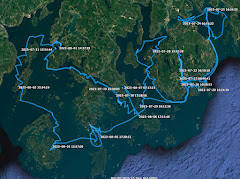

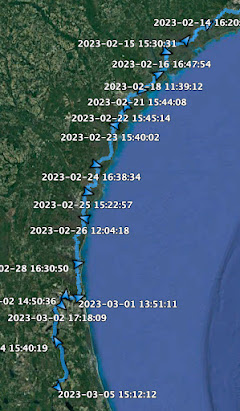


























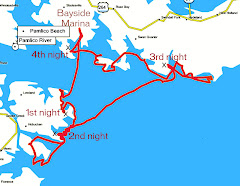


1 comment:
I have mixed feelings about it, too.
When I was a kid, the only thing on the Outer Banks were the tough families who had been there for generations - wreckers and watermen - and a smattering of clapboard places that catered mostly to fishermen and hunters. That was when waterfront property was considered hazardous frontier, though, not prestigious places to put mcmansions and putt-putt golf courses. Back then, you simply couldn't afford to do it, or you had to be able to afford to lose it. Maybe we need to go back to that.
Post a Comment